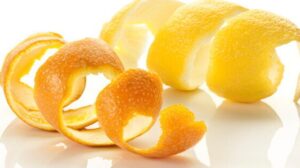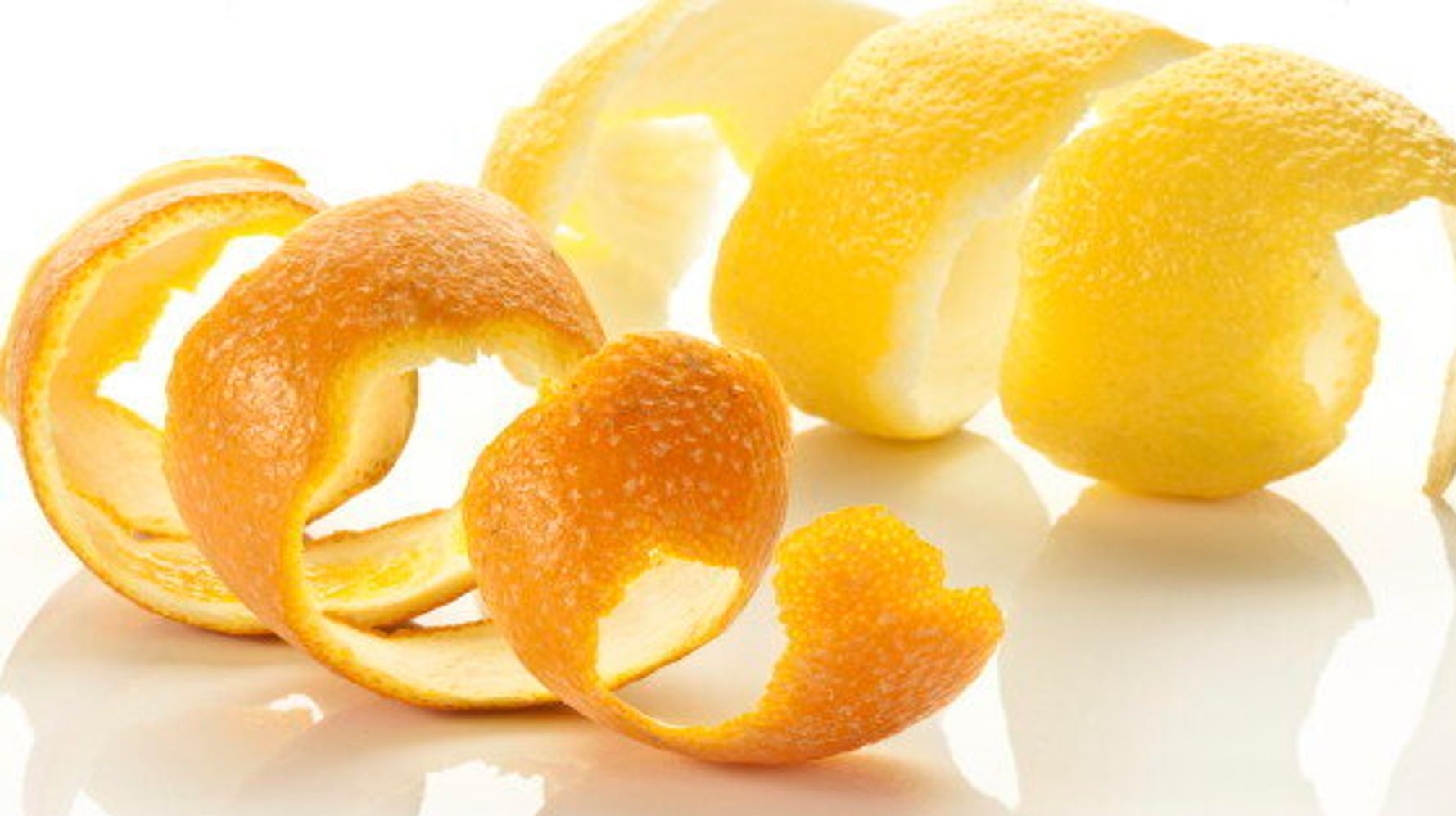 My great aunt was an osteopath in the Wild West. She was a real-life medicine woman in the late 19th and early 20th centuries. And she left us some great DIY medical treasures.
My great aunt was an osteopath in the Wild West. She was a real-life medicine woman in the late 19th and early 20th centuries. And she left us some great DIY medical treasures.
We’ve found some of these treasures in her books and notebooks.
One day, I was looking through one of these notebooks, and I found a hand-written recipe for making vitamin C.
This recipe is simple.
All you have to do is save the peels of any citrus fruit you eat. That’s because the peels of oranges, lemons, and other citrus fruits have 3 times more vitamin C than the part you usually eat.
Take those peels and remove the bitter white pith. The easiest way to remove the pith is to scrape it out with a grapefruit spoon. (You only need to remove the pith on the thicker peels like on navel oranges. If you’re using thinner peels, like those on tangerines, you don’t have to worry about the pith.)
Once you’ve removed the pith, cut the peels into small pieces, and set them out to dry for a few days.
You’ll know the peels are finished drying when they easily crack and snap in half, rather than bend.
How to Take Homemade Vitamin C
My aunt would take these small dried peels and swallow them with water like they were pills. She also liked to drop them in a glass of iced tea.
But there’s another way to use them that I think is more convenient. Simply stick the peels in a coffee grinder and turn them into a powder. This powder is very easy to use.
You can mix the powder into a smoothie. You can add it to your favorite salad dressing. And you can put it in your dips (like guacamole, hummus, or salsa).
You can also sprinkle it on your fish (or other meat) and veggies after you’ve cooked them. And you can add it to plain yogurt to give it a refreshing citrus flavor (feel free to add granola, nuts, and seeds as well).
Some people even like to make a face mask for their skin. To do this, mix the powder with rice flour and cold milk. Use it as an exfoliating and skin-cleansing mask.
You can also use dried lemon or orange powder as a replacement for zest in most recipes. Just remember you don’t need to use as much. Substitute 1 teaspoon of lemon powder for every tablespoon of fresh lemon zest. (This is the standard substitution ratio for all dry-to-fresh herbs.)
How Much to Take
If you put one rounded teaspoon of the citrus powder in your smoothie, it will give you more organic vitamin C complex, rutin, hesperidin, and bioflavonoids than your body needs for the day.
But take as much as you want. There’s really no downside. You’re not going to overdose on it. And it’s a great way to get a highly concentrated and absorbable form of vitamin C.
That’s because the peels contain enzymes that will help your body digest and absorb all the nutrients of the peels. As you may know, antioxidants require antioxidant enzymes to work effectively. So this is a huge plus.
Note: Do not heat the peels or put them in hot tea, as it will destroy the enzymes.
A Few Helpful Tips
Some people suggest using a dehydrator to dry the peels. This works quite well. But if you use a dehydrator, make sure put it on the lowest setting (95-105 degrees) so you don’t destroy the enzymes.
To use a dehydrator, cut the peels in strips and dehydrate them until they crack and snap in half. The time it takes for them to fully dry depends on your dehydrator and the thickness of the peels. Thin peels might be done in 10-24 hours. But thicker peels could take up to 4 days.
Some people use an oven to dehydrate. I don’t typically recommend this because most ovens don’t have a low enough temperature setting to preserve the enzymes.
However, in a pinch, you can air dry your peels for a few days and then use the oven to finish the drying process. Simply put the oven on the lowest setting, keep the oven door cracked, and don’t leave them in any longer than necessary to get them dry. You might need to do this if you live in a region of the country where humidity is higher.
You can store these peels in a dry container for about a year. Put them in the freezer if you need them to last longer. You can freeze the powder as well, though it might become moist when you defrost it. If it does, use it quickly.
If you don’t dry the peels completely, the powder will be clumpy. And it won’t last as long. But it’s still just as good for you.
Oh, and here’s one final suggested use: Make enough to give some away. A small jar of dried citrus peel makes a great gift for people who love to do things naturally.
